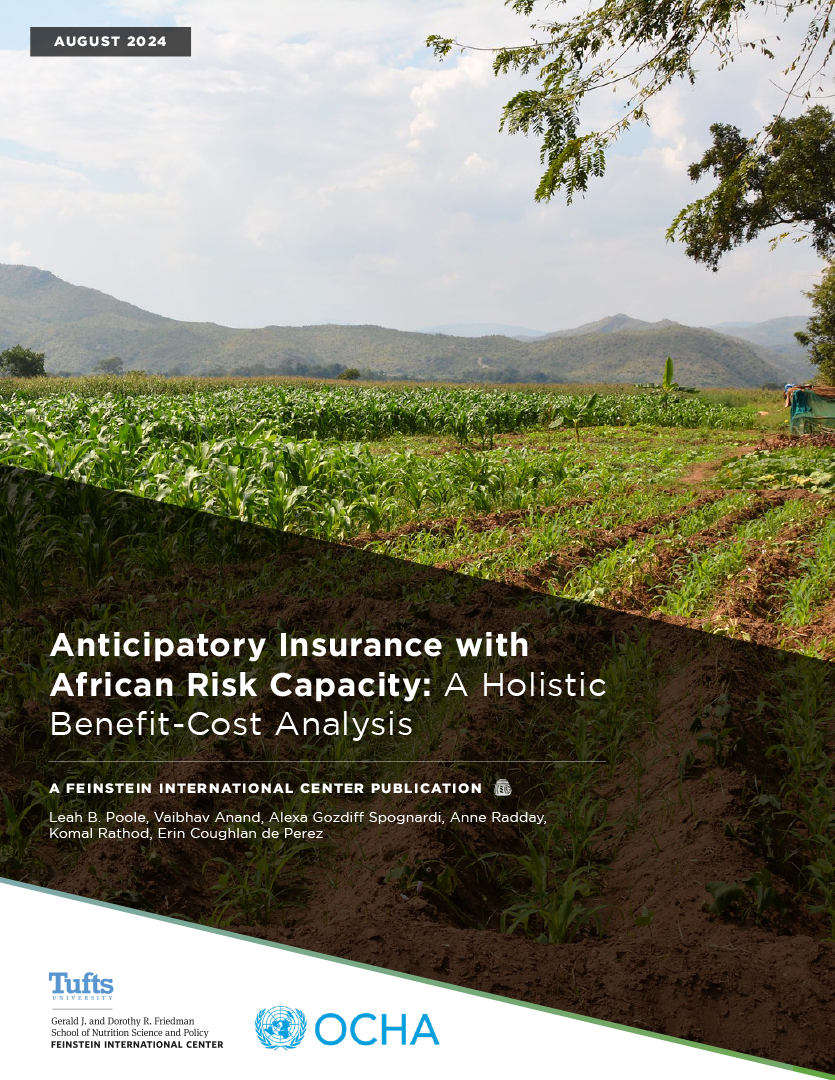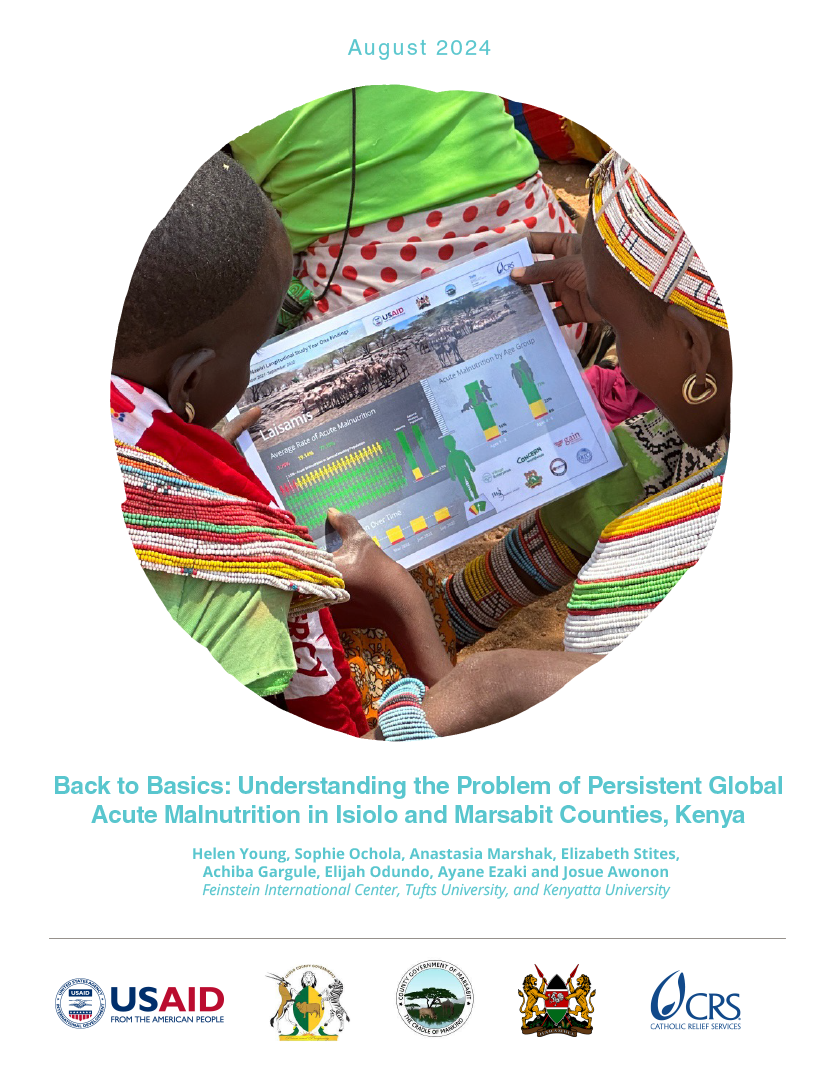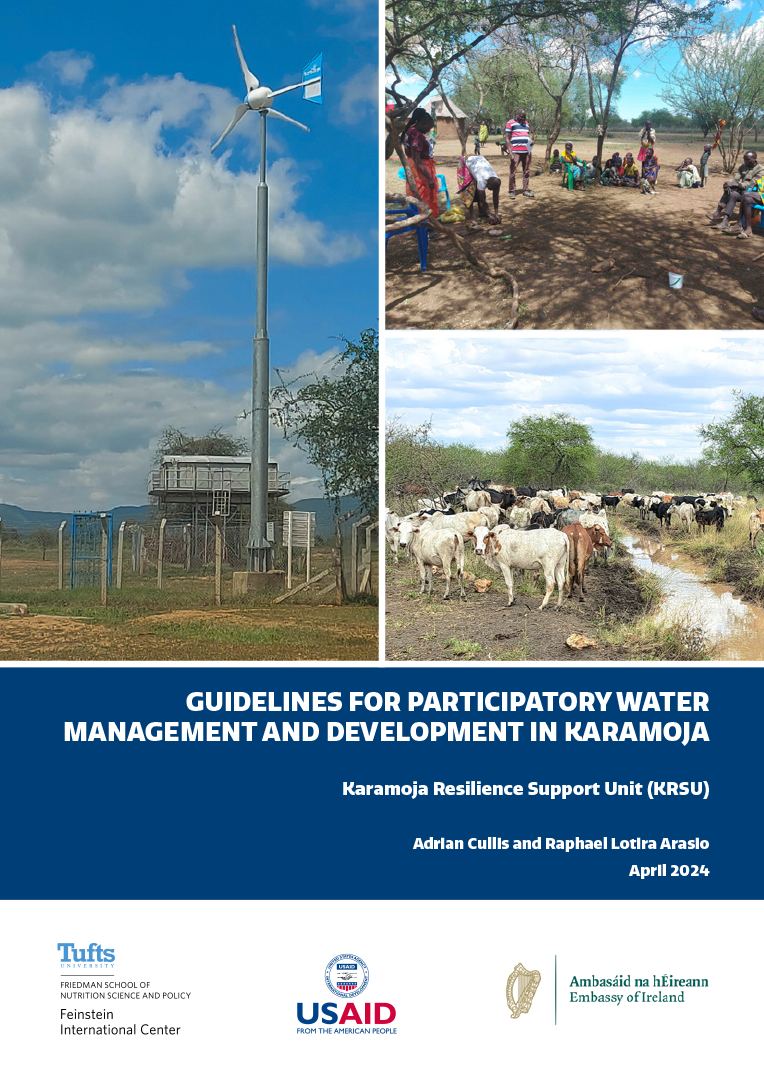Resilience is the recognition that people are active agents in their own survival in the face of crises. Understanding the dynamics of how households in crisis-prone contexts plan for and respond to crises can help structure policy, development, and humanitarian activities to support their strategies, reducing the impact of crises, speeding recovery, and reducing the amount of humanitarian assistance required.
A resilience indicator that is both quantitative and descriptive is needed to see how crises affect households and the livelihoods through which they meet their needs. Previously proposed measures either use proxies of outcomes or combinations of economic and wealth measurements, but none measure livelihoods themselves in real-time.
This report uses an innovative real-time index, the Income Streams Index (ISI), to teach us how households in South, West, and North Darfur states in Sudan managed and adapted their livelihood activities in the face of multiple shocks of various types and sizes over a three-year period (2018 to 2021). The study found that:
- The way people respond to shocks strongly reflects their livelihood specializations and, very importantly, how successful they have been in those specializations.
- A household’s level of engagement in the locally relevant activities with the highest rates of return were much better predictors of how well a household weathered a shock than household composition or the shock itself.
- The livelihood gains of several good years can be eroded at the household level by national and local shocks that compromise the systems in which livelihoods function.
- The ISI score, which measured a household’s level of engagement in most to least preferred income-generating activities was a better predictor of a household’s ability to cope with and recover from a shock than other indicators such as food security, household composition, or the nature of a shock.
The development of the ISI, as described in this report, uses case studies of both farmers and pastoralists in three different regions of Darfur, Sudan. The report describes the impacts of multiple specific shocks on households’ livelihoods. Through the report, the reader sees how households reduce engagement in certain activities as they become too risky, less profitable, or no longer possible due to the crisis, and increase engagement on other activities that are often less productive than their preferred activities. By adjusting engagement in activities, households attempt to meet their own needs in a way that will allow them to return to their preferred activities as quickly as possible.







